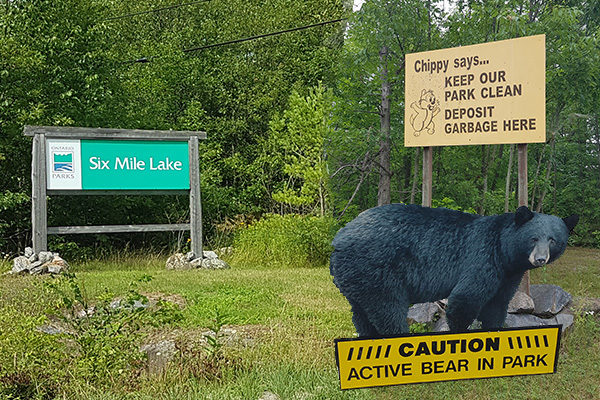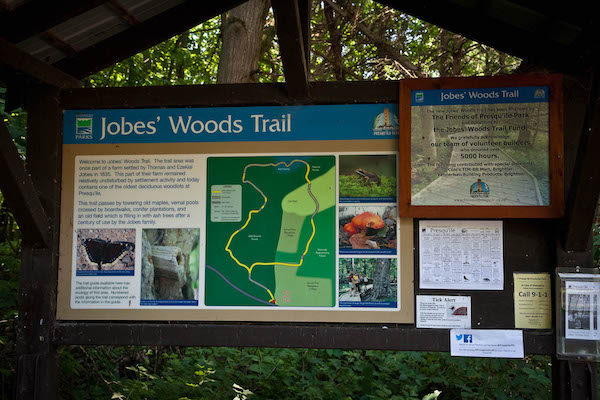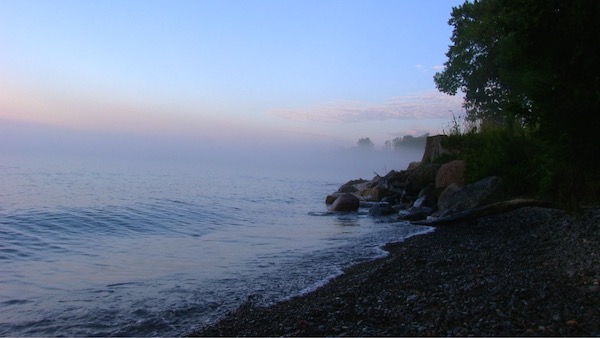Grundy Lake Provincial Park is a busy, popular provincial park in Ontario but that doesn’t mean it doesn’t have it’s fair share of wildflowers. Even near the comfort stations you’ll find a variety of beautiful flowers, even if they aren’t native species.
Along the trails we spotted several native species that were thriving, sometimes covering entire areas.
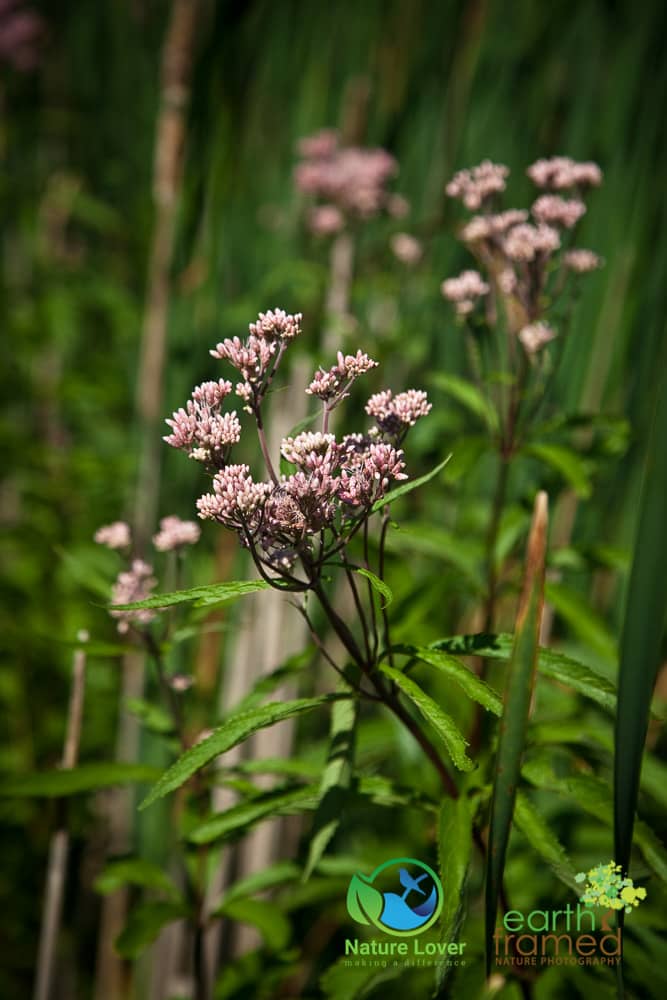
Driving to the end of the campground road to hike one of the trails we found an entire meadow filled with Joe-pye weed. These flowers are part of the sunflower group and provide food for a large number of butterflies including the painted lady, giant swallowtail and red admiral.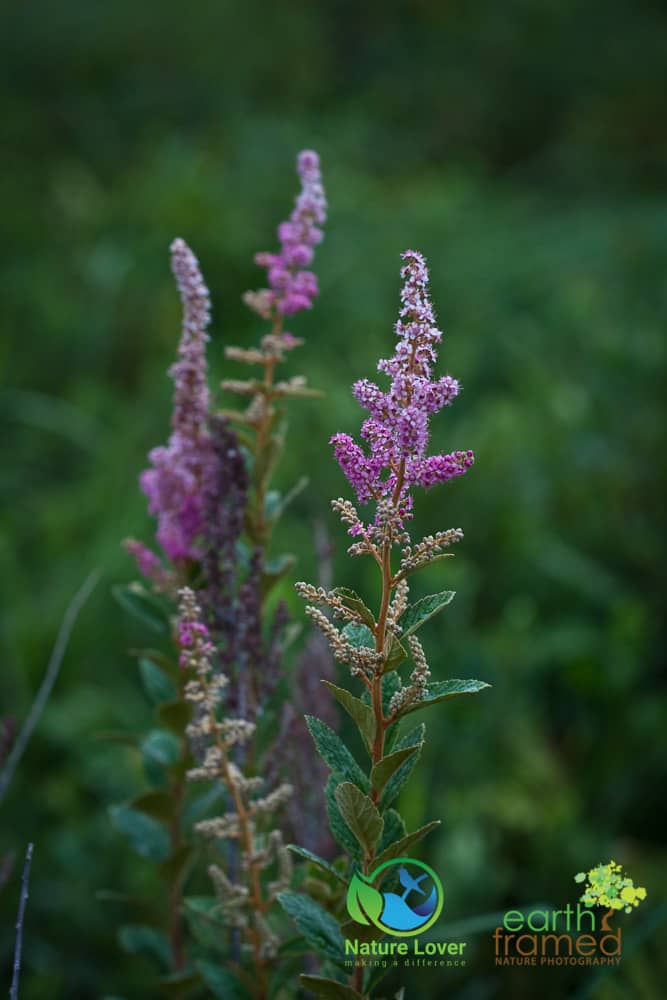
In one of the wetland habitats at the park we found this native Steeplebush, or Hardhack, as it is sometimes called due to its tough stem. The pollen of this plant attracts numerous insects and some caterpillars feed on the flowers and buds. The Karner Blue butterfly has been seen consuming the Steeplebush’s small amount of nectar.

Along the edges of the waterways we found several bunched of Pickerelweed in bloom. The yellow markings on the flowers attract bees to help with pollination. Sulfur butterflies have been known to consume the plant’s nectar and a few moth larvae feed on some of the stalk and leaves. The plant’s seeds attract a variety of ducks and even muskrats and White-tailed deer sometimes eat it’s foliage. In large colonies, the Pickerelweed helps provide habitat for fish and other aquatic wildlife. 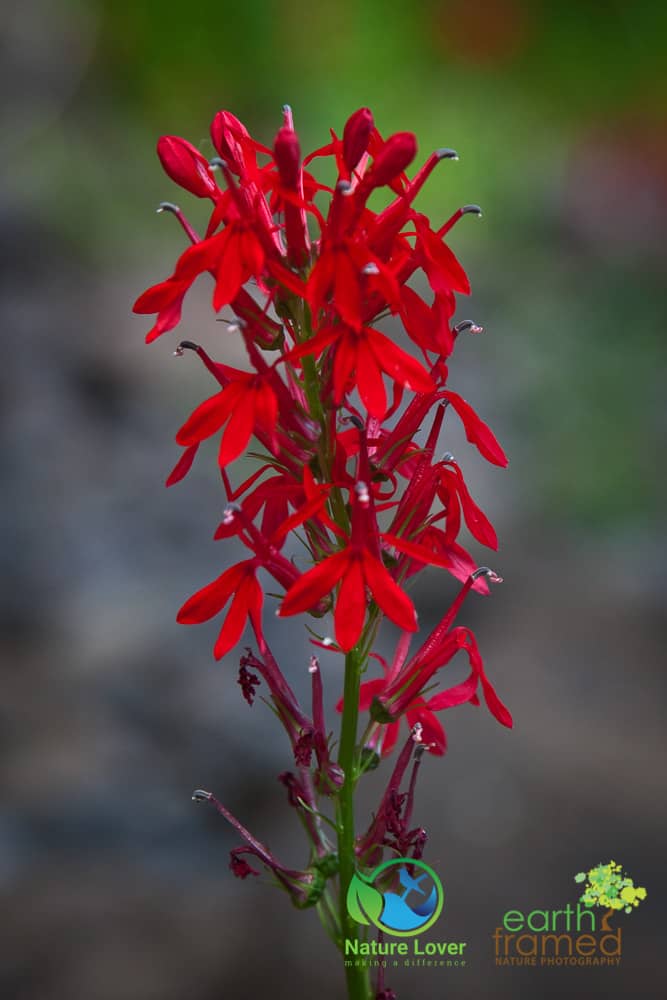
The Cardinal Flower is a glorious native species that is just breath-taking to see, whether as a single plant or large patches. The wonderful thing about these plants is that they are pollinated primarily by ruby-throated hummingbirds. We have had this plant in our backyard and we use to sit and wait for the hummingbirds to feed from the plants throughout the day. Unfortunately, our backyard wasn’t moist enough for these water loving plants.
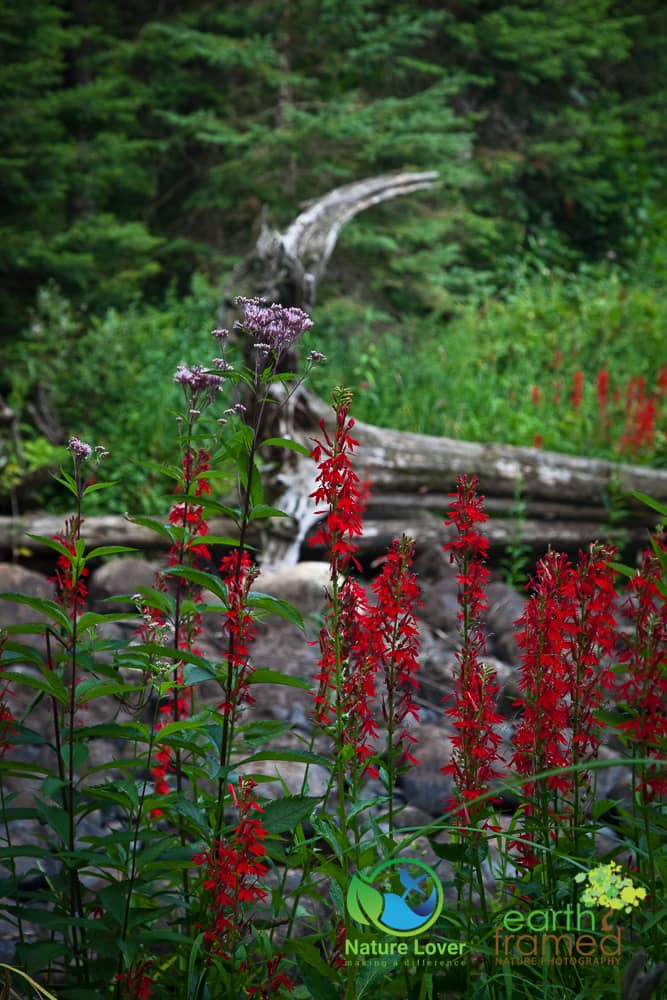
As we were hiking we came across a fairly dry river bed section that had lots of Cardinal Flowers in full, gorgeous bloom. As we were enjoying the view, two mink ran across the path just in front of us. 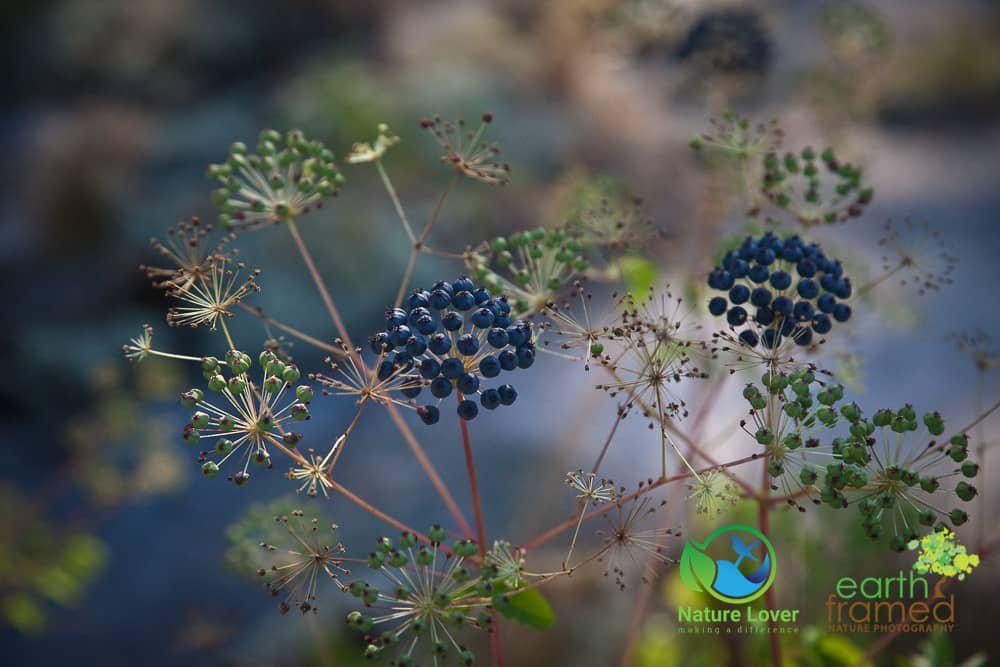
The Wild Sarsaparilla plant is a fairly short shrub that has white flowers which turn into blue-black berries in the middle of the summer. Aboringinal people used to use this plant to make a bitter tea to treat heart pain, an upset stomach and sore throats.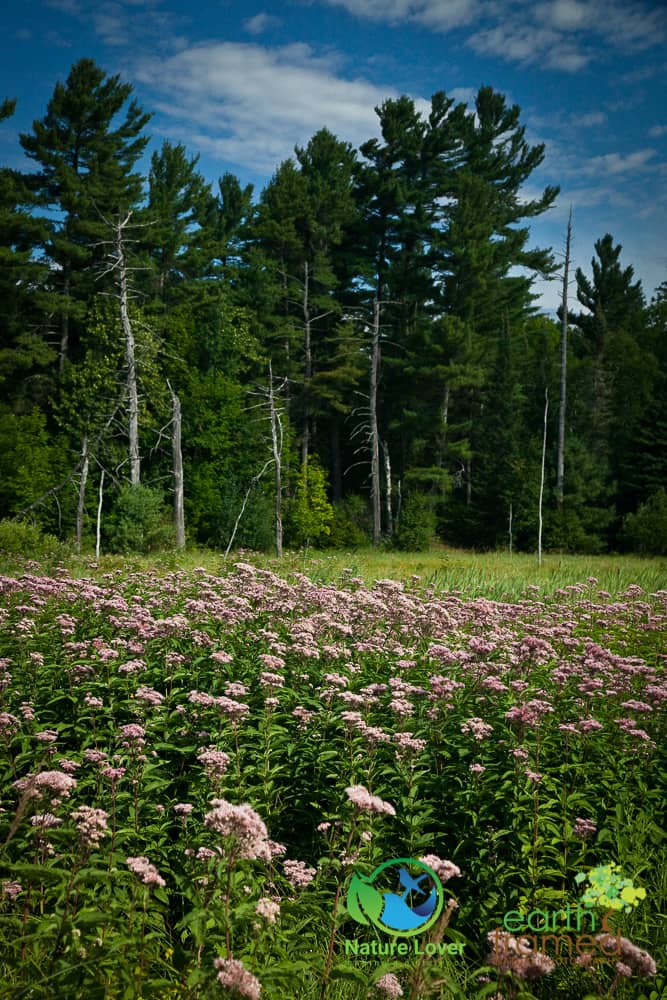
Here’s a picture of the meadow filled with Joe-pyed Weed. Isn’t it beautiful?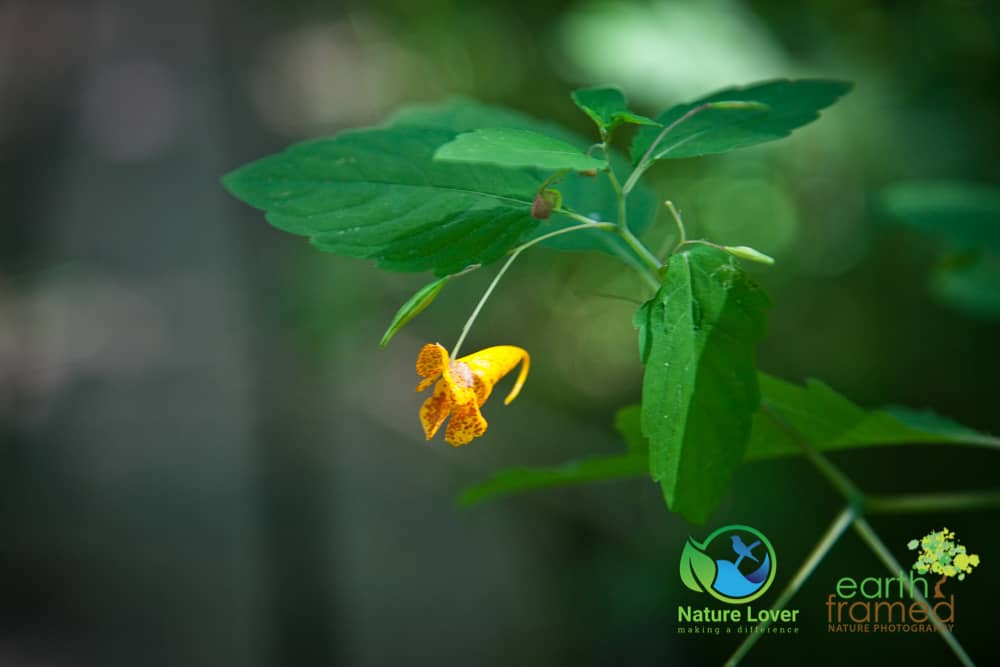
Spotted-jewelweed is another native plant found in a variety of places throughout the forest. We often see them near beaver dams and other wet locations. Also known as Spotted Touch-me-not, birds, hummingbirds and butterflies are attracted to this flower. I have been told by a few different people that the juice from the stem can stop the itch from poison ivy, but I haven’t tried it yet because I rarely itch from poison ivy.
If you enjoy looking at and searching for wildflowers, whether you care if they are native or not, Grundy Lake Provincial Park has a lot to offer and you should check it out.



